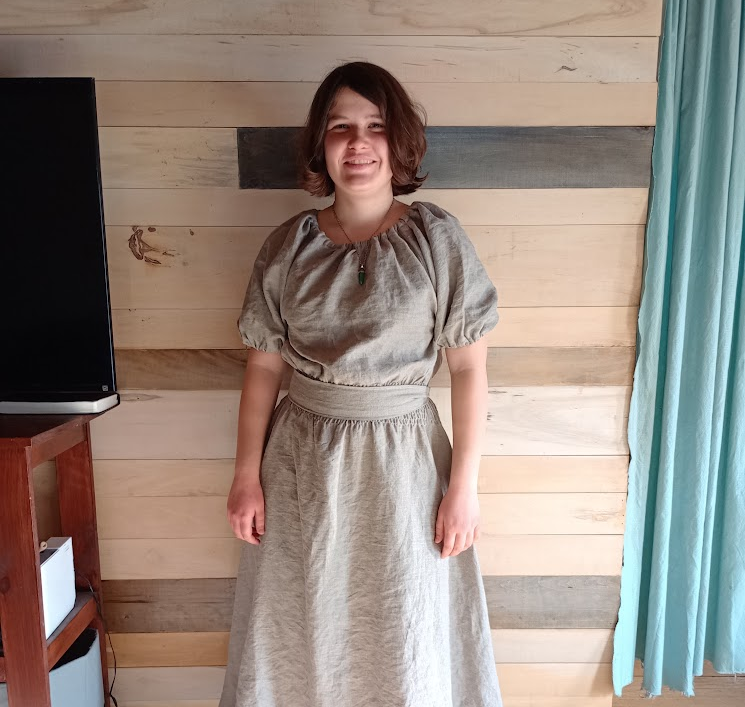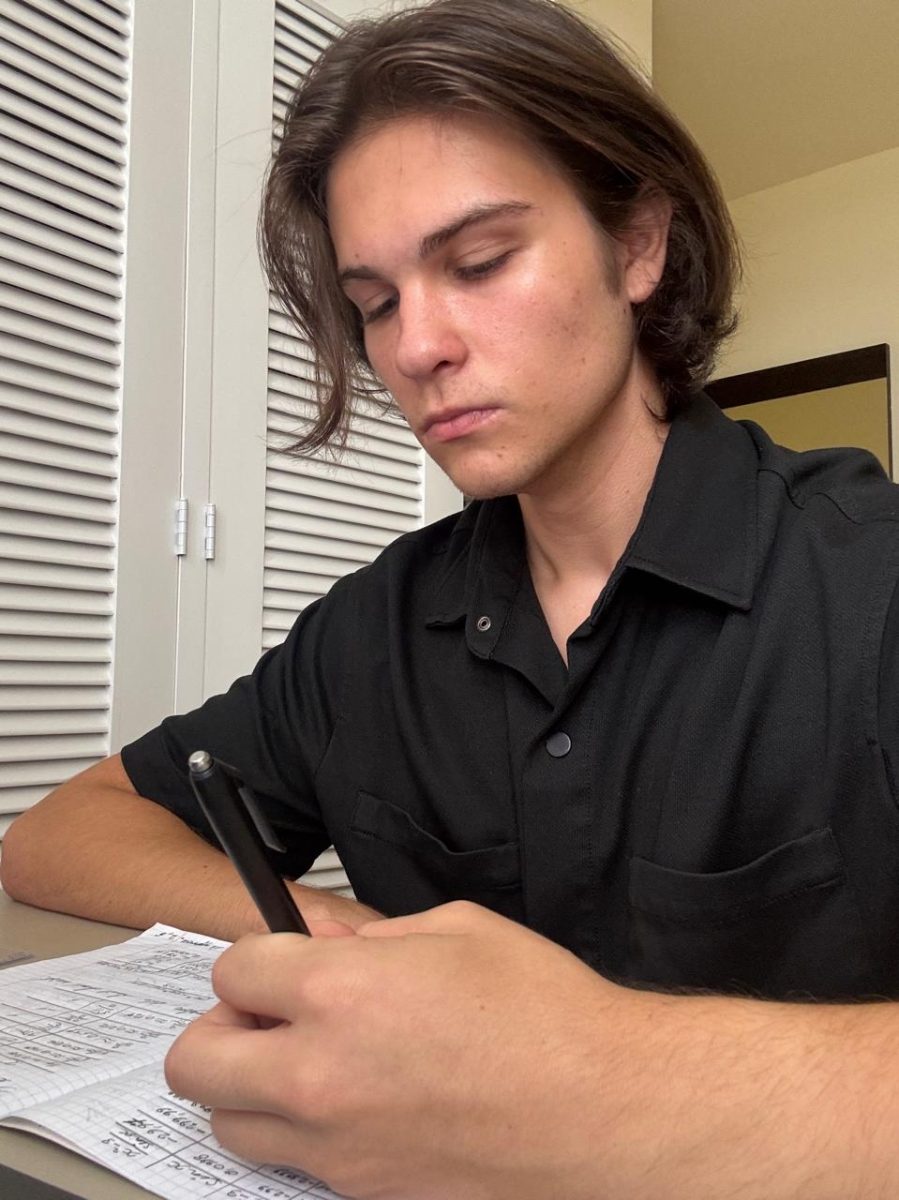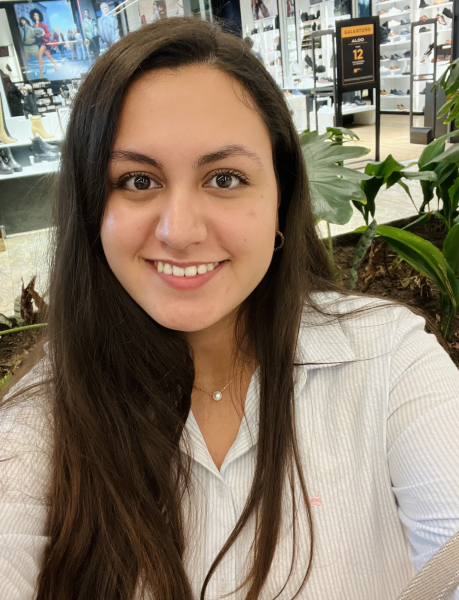After four years of Journeys Symposium—a required college counseling course at GWUOHS—seniors complete a culminating semester-long Capstone Project to top off their high school accomplishments. Students explore in depth a topic of their choice, and are encouraged to step out of their comfort zone while also selecting something that they are passionate about.
One senior, Anna M., emphasized the importance of being realistic when choosing a project topic.
“Senior year is very busy with college applications and schoolwork, so I wanted a project that will be manageable to do over the semester, and I also wanted a project that will be different from something that I usually do.”
Senior Diane K. agreed with both of Anna’s sentiments. For her project, she had chosen to work as an assistant coach for her local elementary school’s track team and complete it by running a 5K road race with the group of teachers.
Diane explained how her initial aspirations of running a marathon were unrealistic for senior year, so she had switched it to a 5K. At the same time, she had still wanted to explore something that she did not have much experience with—namely, running—for her project.
Along similar lines, senior Logan B.’s approach for selecting a project topic was finding a crossover between his pre-existing interests and future ambitions.
“My process in picking a topic was mostly just thinking of a skill I wanted to learn that also connected with who I am,” he said. “I wanted something new and interesting, but also something that wasn’t just kind of miscellaneous or random. My best advice is just to ask oneself “What do I connect with?” and “What do I want to learn more about?” and see where those two answers overlap.”
Anna had a similar thought process before choosing to sew a linen dress for her project. She took her love for other forms of art such as writing and drawing and expanded to another domain of which she could tangibly experience the results.
“I wanted to learn a skill and make something that I could actually use—make a piece of clothing that I could actually wear,” she said. “I had tried sewing before, but [they were] very small projects, and I never knew how to do it to the level of being able to sew a piece of clothing that I could wear.”
As students worked on their projects, an important aspect to keep in mind was avoiding procrastination.
“Some school projects, you can just sit down for four hours and get it done the night before,” Anna explained. “Versus this, it just won’t work that way. There are other people involved, papers that have to be signed, and meetings that have to be carried out.”
While these Capstone Projects were filled with challenges, they turned out to be a gratifying experience for many. Being able to see the fruits of her efforts was particularly special for Anna.
“It really feels good to be able to have this product—I think this can apply to any project really—but for me, it was my dress,” Anna said. “I’m really happy to have created [it]. Once you have that product, you can really be proud knowing the work that went into it.”
For Diane, making valuable connections with others with whom she interacted was the most rewarding part of the project.
“It was so special seeing the kids open up to me and run up to talk to me every day,” Diane reflected. “More than just a coach, I had become a friend to them.”
As Journeys teachers, college counselors played a vital role in guiding the seniors through their projects.
“The Capstone Project is worked on step by step in the Journeys class,” counselor David Mendler explained. “Counselors help students with selecting their topic, deciding on who the mentor will be, and to present their project at the end of the school year.”
Between late-May and early-June each year, seniors present their projects to a panel of judges who provide feedback and critique. On the day before graduation, select students are invited to showcase their project again for special recognition and may be eligible for awards.
One Capstone judge, Richard Mistretta, outlined some basic criteria that judges expect to see in presentations.
“Obviously you’re looking for the student’s engagement with the judges,” he said. “You’re looking at how they actually used the benefit of the mentor. To me, the most important thing is, do you know what you want to say? You got to practice it; you got to rehearse it.”
Mistretta found, however, that some seniors exceeded his expectations with their unique integrations of their projects and presentations. He recalled a presentation from this year where a student explained the laws of gravity and relatively—some of the topics from their project—with an animation based on the children’s TV show “Tom and Jerry.”
“It was just really unique, and I was just blown away that they could combine that many elements—the background music, the physics topics, and the creativity of animation.”
Anna had some parting advice for future upperclassmen.
“Be aware that senior year is very busy,” she said. “Choose a project that will again be manageable in the time that you’re expected to have.”
Above all, she believes that is important to have a good time doing the project.
“Have fun with it,” Anna said simply. “Put yourself, your inspiration into this project. The final product means so much more after that.”






